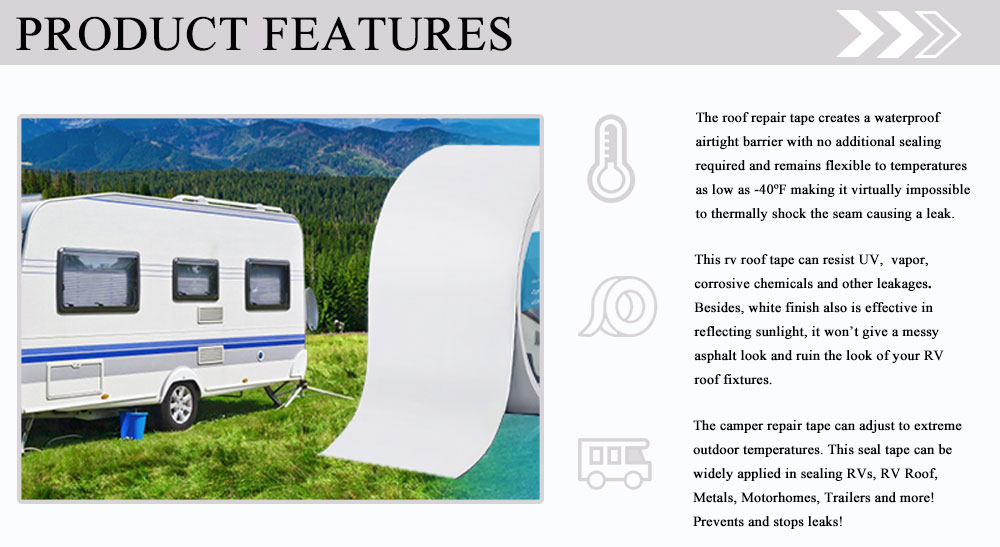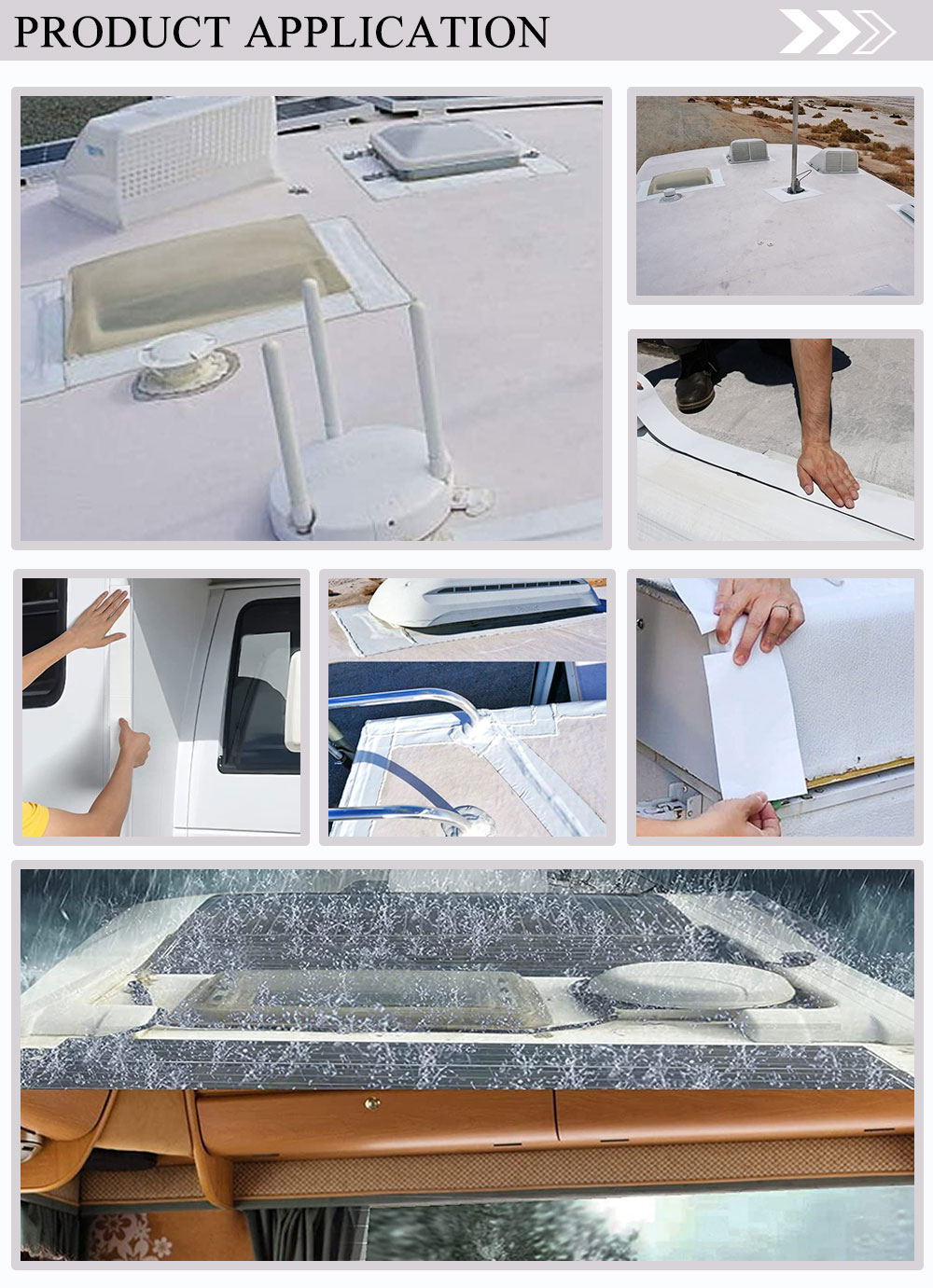Duck "falling eggs" refers to a condition in which female ducks, raised during the spring, enter their egg-laying period from November. At this time, the temperature gradually decreases, and the daily temperature fluctuation becomes too large, or ducks may suffer from nutritional deficiencies. As a result, their egg production stops. If ducks experience this "falling eggs" phenomenon, they will begin to molt, and it will take until the following spring before they resume laying eggs. However, if duck farmers can manage to control this process, the egg-laying period can be significantly extended, thereby improving the economic returns of raising ducks.
When ducks start showing signs such as smaller eggs, thinner shells, delayed egg-laying times, and wet feathers on the shore, it is an indication that they are experiencing the "falling eggs" condition. In such cases, immediate action must be taken:
First, adjust the duck group by culling older, weaker, sick, or disabled ducks, and keep only those with strong production performance. It's also beneficial to introduce some additional ducks into the group to encourage activity and increase overall productivity.
Second, adjust the feed. Increase the protein content by adding more corn, broad beans, and soybean cakes. Control the amount of feed given, but ensure the nutrient density is high to support the ducks’ health and egg production.
Third, improve the housing conditions. Seal any gaps in the duck shed to prevent cold drafts. Hang straw curtains on doors and windows, and lay thick layers of dry grass or straw on the floor to keep the ducks warm, especially around their bellies. Also, pay attention to hygiene and disease prevention to maintain the overall health of the flock.
Fourth, provide adequate lighting. During the egg-laying period, ducks require 16 hours of light per day. In winter, when daylight is short, artificial lighting is necessary. Install 40-60 watt bulbs (one per 20 square meters) in the shed, placed about 2 meters above the ducks’ backs, covered with lampshades to concentrate the light on the ducks. Ensure even lighting and leave the lights on for 3 to 4 hours at night.
Fifth, implement the "catch shed" method. This technique helps enhance the ducks' cold resistance and digestion, preventing them from stopping egg production. The process involves gently gathering the ducks in the shed and guiding them in a slow circular motion, typically around 4 to 5 laps. Perform this every hour, 2 to 3 times a day. Especially before releasing the ducks, conduct this practice. When over 80% of the ducks start calling loudly, they can be taken outside to adapt to the cooler temperatures and water conditions.
Lastly, supplement the diet with cod liver oil. Rich in vitamins A and D, it strengthens the ducks’ immunity and stabilizes egg production. The feeding method is to mix 1 ml of cod liver oil with 1.5 kg of bran, then combine it thoroughly with the feed. Administer this for 3 to 5 days. If egg production remains normal and the feathers appear lighter, stop the supplementation, as prolonged use may reduce economic efficiency.
Roof Repair Tape
RV Roof Sealant Tape, White RV Tape for Camper Trailer Boat Roof Repair Sealing
The roof repair tape is laminated with natural rubber and industrial single side butyl adhesive. It is UV stable, waterproof and airtight. The sealant tape can bonds to virtually any surface quickly and easily. It creates a waterproof airtight barrier with no additional sealing required and remains flexible to temperatures as low as -40ºF making it virtually impossible to thermally shock the seam causing a leak. Besides, white finish also is effective in reflecting sunlight. It won't give a messy asphalt look and ruin the look of your RV roof fixtures.
|
Width
|
Length
|
Thickness
|
Color
|
Material
|
Temperature Range
|
Elongation
|
|
10cm-1m
|
9m,15m
|
0.5mm-1.5m
|
White
|
Butyl
|
-40 ℃-100℃
|
<700 % +/- 100
|
High coefficient of expansion allows the butyl rubber seal tape to expand or contract to adjust to extreme outdoor temperatures. It can be widely applied in sealing RVs, RV Roof, Metals, Motorhomes, Trailers, Fifth Wheels, Airstreams, Vans, Buses, and more!


Roof Repair Tape,Sealant Tape,Flex Seal Tape,RV Sealant Tape,Butyl Rubber Seal Tape
Kunshan Jieyudeng Intelligent Technology Co., Ltd. , https://www.jerrytape.com

